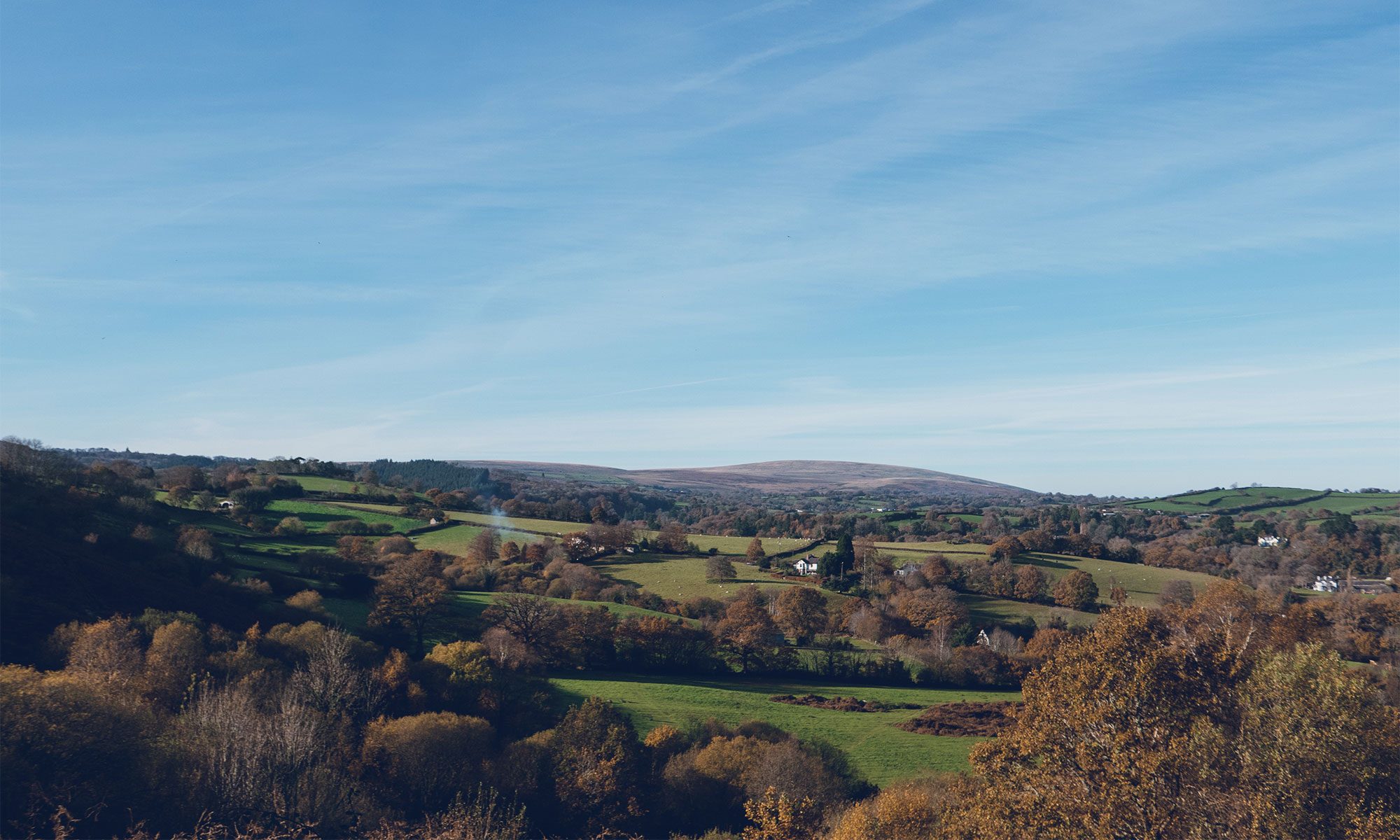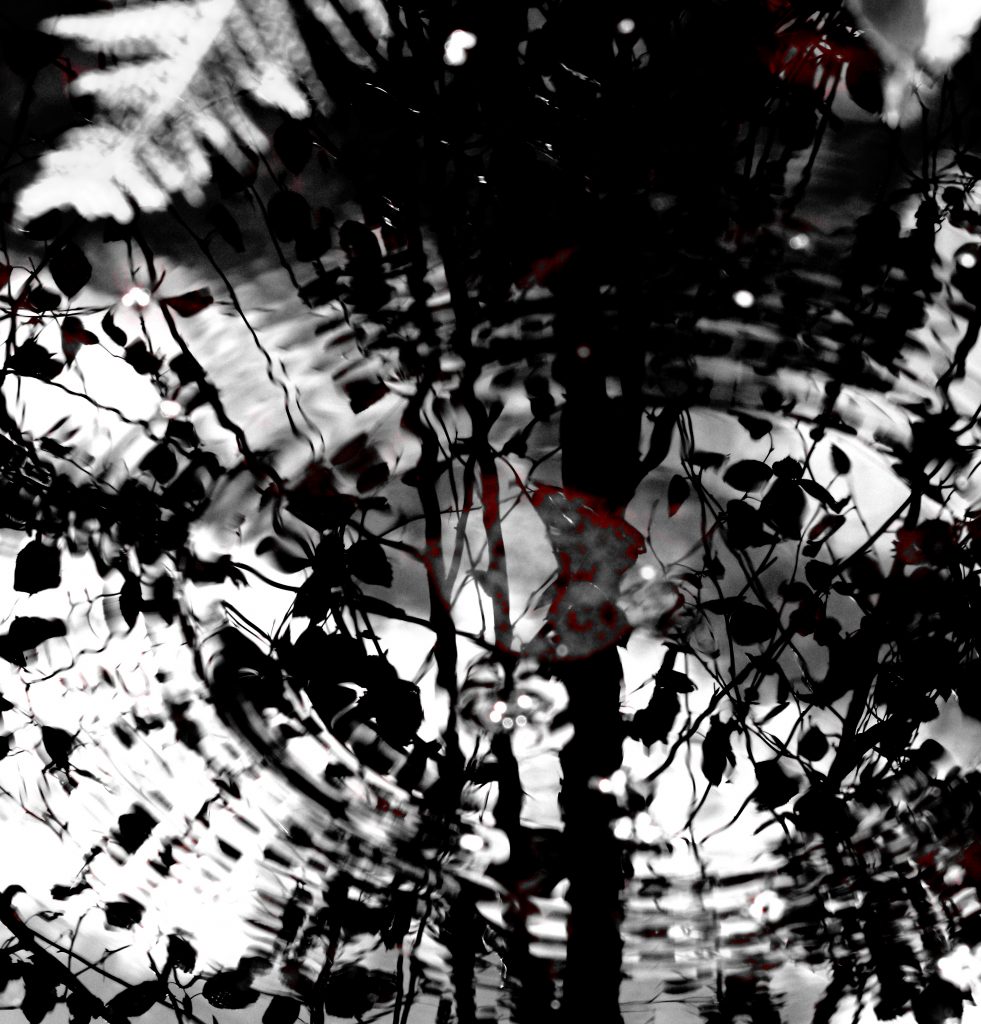We are delighted to share Wise Goose graduate, Julia Forster’s coaching story. Julia coaches emergent and established writers and offers writer retreats in the Writers’ Cabin. Here at wise Goose we don’t believe ‘one size fits all’ when it comes to coaching, and definitely don’t want our programme to be a ‘coach sausage machine’! So during our training we encourage students to find their own coaching voice and niche – Julia has done exactly that.

After spending twenty-five years working in writer development and publishing alongside my professional creative practice, becoming a fully qualified coach now seems like an obvious and natural progression. However, it wasn’t until the first lockdown in 2020 that I was able to articulate that goal to myself – and it took sitting still for me to tap into the bigger vision.
During that first, long lockdown, I took part in a week-long ‘Work that Reconnects’ virtual retreat informed by Joanna Macy’s work. I was able to tune into the very particular frequency of the square mile I live in, just outside Machynlleth, mid-Wales.
As part of the retreat, we were encouraged to meditate at a sit-spot and reflect on how our skills might meet the world’s deep hunger. I chose to meditate by the river Crewi which trickles along the bottom of the valley, and it was there that I struck upon the idea of training as a coach and specialising in working with authors.
After the retreat, I signed up to a virtual ‘Introduction to Coaching’ course offered by Cult Cymru. During that course, I realised just how pertinent and powerful the modality of coaching could be within the field of writer development.
As a young writer and graduate of both Undergraduate and Masters programmes in Creative Writing, we were taught about craft and technique, but it was rare for students to discuss the habitual challenges jobbing writers face: writers’ block, procrastination, the inner critic, imposter phenomenon…
After just six practice hours of coaching, I could already see how apt an intervention coaching was for authors facing these challenges, and many more besides.
My next step was to take a qualification in the Analytic-Network Systems approach run by Dr Simon Western. I completed that course fired up with a desire to fill in the gaps in my knowledge and to lay a firm groundwork within my portfolio of coaching skills.
Attending several introductory sessions for coaching schools, it was the Wise Goose School which stood out, not least because Helen Sieroda, who directs the programme, had given up her Saturday morning to run the session herself.
Additionally, I’d always wanted to visit Findhorn, a community not unlike the Centre for Alternative Technology which was one of the reasons I’d chosen to move to Machynlleth. Findhorn was where our Foundations course was to be held – but sadly another national lockdown intervened. Despite that, the fact that Wise Goose used it as a venue signposted to me their organisational values, which I felt were closely aligned with my own.
The gestation and articulation of my new outfit Write Within during the Wise Goose programme was an iterative process which ran parallel to my training. As a creative writer, reflective practice wasn’t a foreign concept to me, and bringing this into the realms of business development – a creative act in itself – helped me to overcome various blocks and challenges along the way.
I wanted the concept of Write Within to encapsulate all of my passions within writer development. This meant an offering that wasn’t necessarily going to fit into a conventional idea of a coaching programme. I wanted to bring a unique blend, something Helen actively encouraged us to reflect on and to discover for ourselves. I also resisted the idea of becoming ‘too slick’, and instead preferred to stay as authentic as possible.
Getting to know the coaches Jackee Holder and Fi Parashar, author of A Beautiful Way to Coach, at a weekly women’s co-writing group they co-facilitate inspired me to strike out with something a little bit different. I also took my lead from the Chuckling Goat entrepreneur Shann Nix Jones who offered a fantastic 13-week online course to accompany her book How to Start a Business from Your Business Table which I read and followed assiduously.
As I burrowed deeper into my particular field and developed my coaching business, I realised I wanted Write Within to:
- Offer author coaching packages which replicated the soulful approach of Wise Goose
- Share in the abundance of the Dyfi Biosphere we are lucky enough to call home by building a physical retreat space where guests could write their works-in-progress in peace
- Give back by creating an annual writer’s residency for a writer of minoritized identity
Meanwhile, the woodland opposite our plot of land was ear-marked for felling due to the spread of the phytophthora disease which was threatening larch trees across the country.
To build the Writers’ Cabin, we put our names down for several tonnes and processed the wood on-site into planks which formed the bulk of the construction of the Writers’ Cabin and spa-inspired shower room and sauna.

I started to dream into what kind of space might unlock and foster creativity, and how the conditions inside could support a writer on retreat. I didn’t need to turn far.
In nearby Bishop’s Castle, Shropshire, the Poetry Pharmacy sold not only items for me to accessorize the Writers’ Cabin with but also, very generously, they offered a space in which I ran two six-month and low-cost Coaching Clinics for Creatives. I completed 18 hours of my portfolio coaching practice within the Pharmacy – which now boasts an outpost on Oxford Street, London, in the flagship Lush cosmetics store.
The support of my Learning Group continues beyond achieving the Advanced Coaching Diploma – the four of us still meet monthly and I suspect we are likely to meet for many months to come. I couldn’t have achieved my goal without the support of Annette, Alan and Vicki. We held each other gently accountable and cheered one another one throughout our journey with Wise Goose. We’ve taken flight together.

About:
Julia Forster coaches emergent and established writers of any genre who have a committed writing practice and offers writer retreats in the Writers’ Cabin. Potential clients can book a free 30-minute initial conversation to discuss their author coaching needs via this page: https://writewithin.wales/coaching/


















